Pulverized coal is basically coal dust, which is why we also call it powdered coal. The process of pulverizing coal involves several steps. Each of these is essential to effectively and safely produce a fine powder that burns easily.
FTM Machinery, in this post, explains how to process coal into pulverized coal and all the equipment you need in a coal pulverizing plant. But first, let us see what coal pulverization is.
What is pulverized coal?
First, the dictionary meaning of pulverization is the process of rendering something into dust or powder. In that sense, coal pulverization means the procedure of grinding raw coal rock into fine powdery particles – just like cement.
The fine coal dust is then used in generating electricity in fossil fuel power plants. This is why it is sometimes called fuel ash.
On the other hand, it is also used in iron and steel production and even in the making of cosmetics. Coal dust is also sometimes added to charcoal to make coal briquettes.
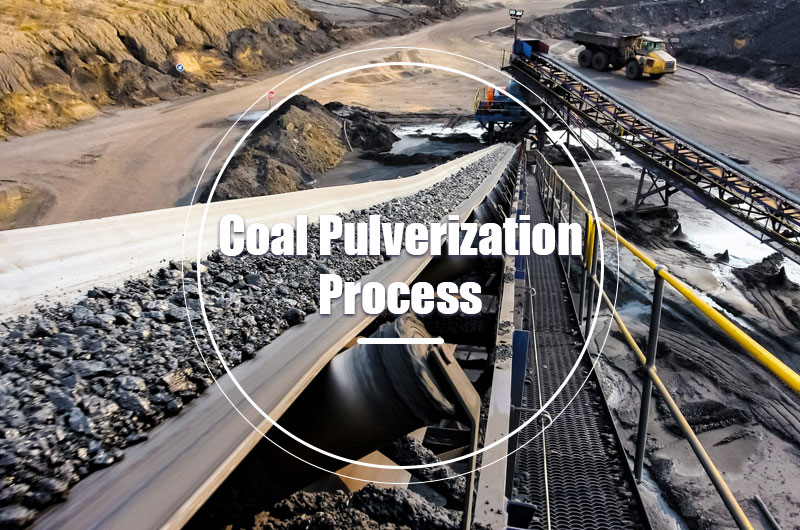
But be careful…
Pulverized coal has explosive or flammable properties as it contains hydrogen and carbon, which are flammable when powdered.
So, you need a well-planned process, special equipment, and a well-set-up coal processing plant manned by experienced personnel.
Which equipment is used for pulverizing coal?
Several pieces of equipment (huge and small, chemical and machinery) are involved in the coal pulverization process, including:
- Coal feeders
- Pulverizers (grinding mills and crushers)
- Screens (vibrating screens or trommel screens)
- Spiral classifiers
- Floatation machines
- Mixers
- Dryers
More on these down in the guide:
The 5-step process to pulverize coal efficiently
The coal pulverization process involves a precise sequence of steps. Each is systematically designed to convert raw coal into a fine, efficient powder. But you have to start by prepping up the coal rock before the grinding process.
Step 1: Crush the coal rock
The coal pulverization steps begin with an initial crushing. This procedure helps to get the coal broken down into manageable sizes for further processes like screening, cleaning and then further pulverization.
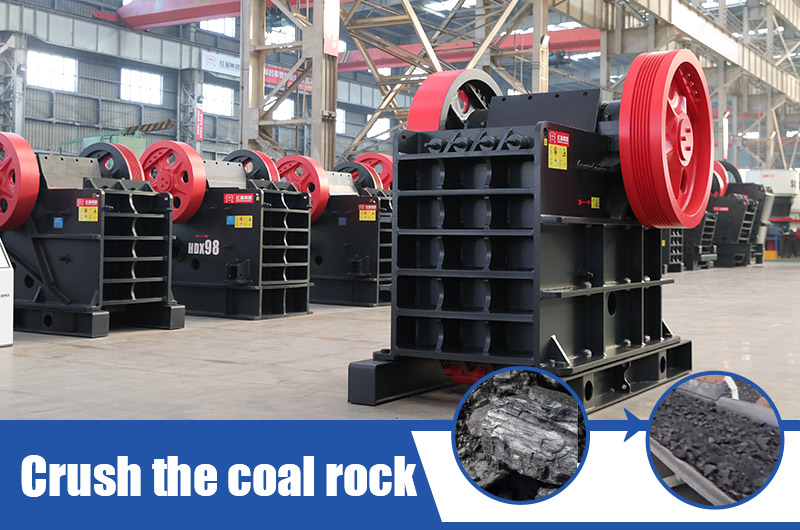
Make sure you have your coal feeders set up with the coal mill before you start crushing. It helps supply raw coal to the crushers or pulverizers for the first processing stage.
As for the crushing process, you need to get them crushed down to around 20 to 25 millimeters (0.79 to 1 inch) in diameter. Try to confirm the size of your vibrating screen to know what size you need to crush the coal down to.
There are up to six coal crushers you may choose from to get the job done. The jaw crusher and the impact crusher are the ideal choices for high-moisture coal.
However, the double toothed roll crusher is the most economical and practical. This is why it is very popular in small coal crushing plants.
But you should note that these coal grinding tools don't pulverize. They only crush the coal into pebble sizes for subsequent processing.
Step 2: Sift the crushed coal
After crushing coal rock, you need to sift out foreign objects like debris, metal, and other rocks. These help to:
- protect the machine
- make the crusher safer by avoiding accidents caused by hard objects;
- and ensure you get consistently ground coal dust.
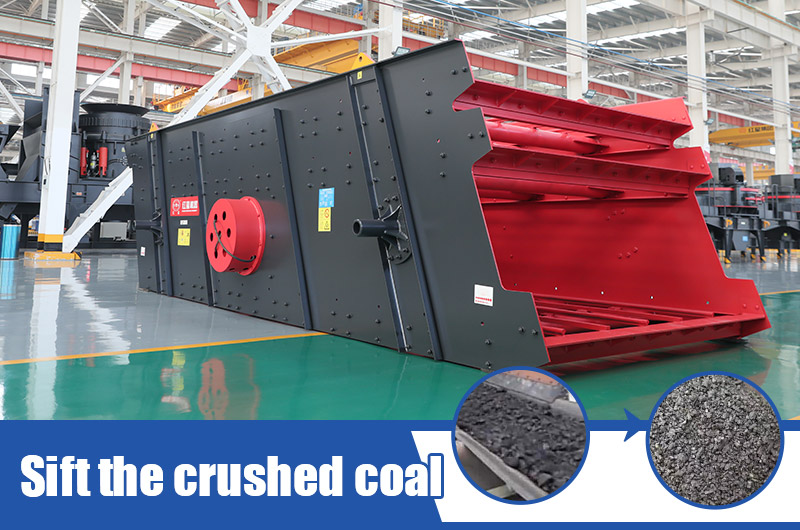
Start by passing the coal rock through screens to remove foreign materials and oversized pieces. You may use vibrating or trommel screens for this procedure.
However, trommel screens, also called drum screens, work best for sifting raw coals before the crushing process.
Next, we move to the grinding stage!
Note: This step comes after the initial crushing and when the coals are reduced in size. This is because screens cannot screen large coal, as their feed size is typically within 200 mm.
Step 3: Grind the coal
To conclude the coal pulverization procedure, we need to take the coal through a secondary grinding stage. This is an integral part of coal pulverization.
So, how does a coal pulverizer work?
It involves the transformation of crushed coal into an extra fine powder. You introduce coal into the machine. And as the mill rotates, the balls tumble on the coal and pulverize it.
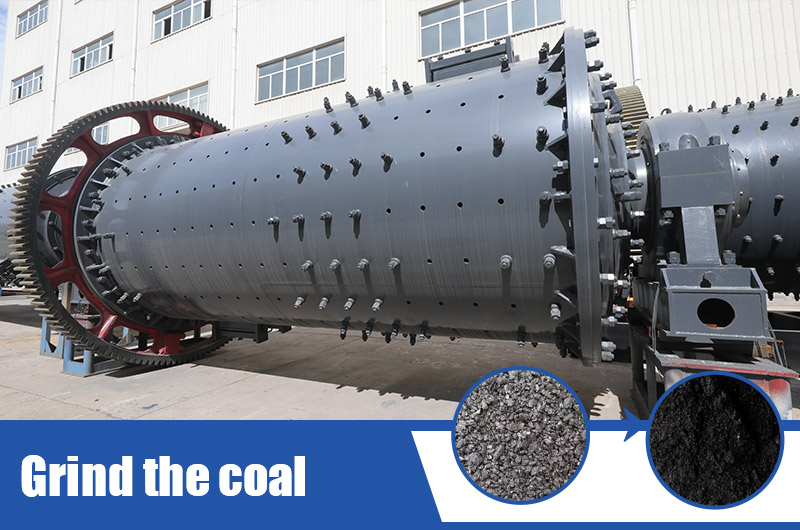
This step occurs within specialized equipment such as coal mills (ball mills) and vertical roller mills.
Ball mills are just fine here. They double as a primary and secondary stage crusher. Ball mills can grind coals within 20-25 mm in size, depending on the model you have. The popular Ф900×1800 available at FTM Machinery has a feed size of 20 mm and can grind around 0.65-2 tonnes per hour, which is impressive.
Vertical roller mills grind much better because they function as third-stage or tertiary mills. They have larger capacities thanks to their high power capacities. For example, the HLM1300K has a power capacity of 200 kilowatts and can produce 10-40 tonnes per hour. That is more than 10 times the performance of the ball mill.
With a ball mill
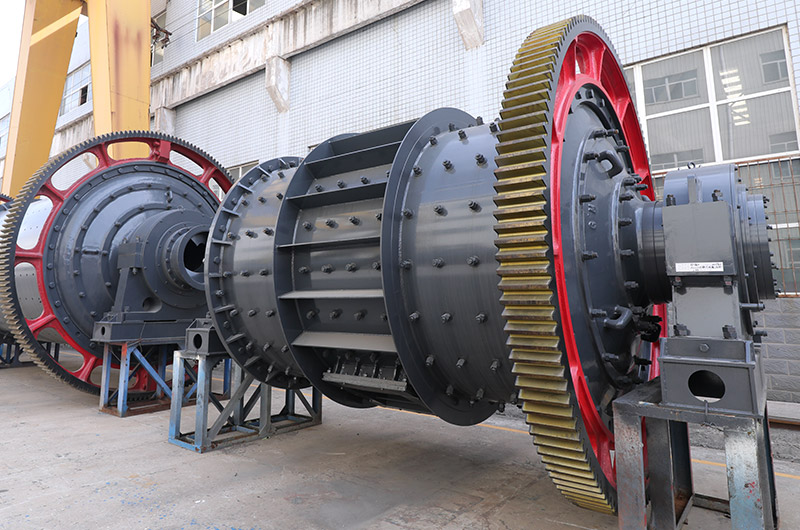
- 1To pulverize crushed coals in a ball mill, you start by feeding the mill with crushed coal. Then the grinding media crushes and grinds the coal in the rotating chamber.
- 2Airflow carries the pulverized coal out of the ball mill.
- 3Next, you'll need to use the mill classifier to separate the fine coal particles from the airflow.
- 4You may pulverize coarse coals further by repeating the cycle.
Here is a 3D animation that shows how a ball mill works:
With a vertical roller mill (VRM)

VRMs consist of a rotating table or bowl and rollers.
- 1To grind the coal, feed raw or initially crushed coal into the mill which is then ground between the rotating components.
- 2Finally, hot air removes moisture, carries the pulverized coal out, and a classifier segregates the particles.
Here is all you need to know about the VRM:
Step 4: Coal beneficiation
After crushing and grinding the coal, the coal pebbles or lumps have more surface areas. Then, you find traces of sulfur and nitrogen, often trapped inside. Other common impurities include pyrite and ash.
Ore dressing aims to remove impurities to further enhance the quality of the coal powder.
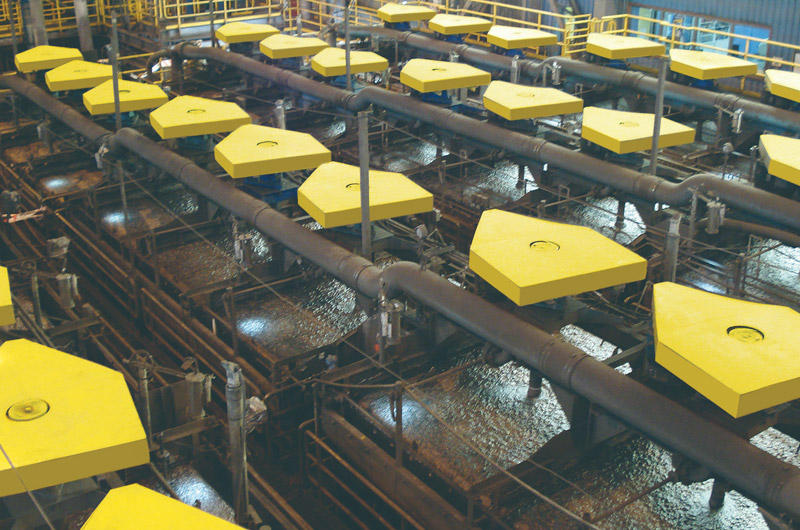
We know about two common methods are:
- Physical separation: Utilizing techniques like air classification or magnetic separation to physically separate the impurities from the coal particles.
- Froth flotation: This method involves mixing the coal with water and floatation chemicals, creating a slurry. Air bubbles are introduced, attaching to hydrophobic impurities and forming a froth on the surface. This froth is then skimmed off, removing the impurities.
- Collectors: These selectively bind to the target impurities, promoting their attachment to air bubbles. Examples include xanthates, fatty acids, amines, sulfonates, dithiophosphates, and kerosene.
- Frothers: These generate and stabilize the froth, facilitating the separation of impurities. Common frothers are alcohols and polyglycol ethers.
Here is what the process looks like:
- 1You start by mixing water with pulverized coal to form coal slurry or pulp.
- 2Add some floatation reagents, also known as collectors and frothers, to the slurry. For pulverized coal, the typical dosage of flotation reagent is 0.5 to 1.0 kilograms (1.1 to 2.2 pounds) of reagent per tonne of coal feed. Some oxidized coals that are difficult to float may require higher dosage levels of up to 2 kg/t (4.4 pounds/ton) or more.
- 3Introduce air bubbles to the mix using mechanical agitators or stirring devices. Here, air bubbles attach to hydrophobic impurities, frothing up on the surface.
- 4Collect the particles attached to the bubbles by scraping or skimming them.
- 5While you keep the clean coal slurry in the floatation vessel or cell, process the froth containing the impurities to separate from the frothing agent.
Here is how the froth floatation process works:
You May Also Like:
- The Definitive Guide to Flotation Separation
- Differences and Applications of Magnetic Separation and Froth Flotation
- 10 Problems in the Flotation Process and Troubleshooting
Step 5: Dry the coal to remove moisture
Excess moisture in coal from the excavation site, grinding, and ore processing can hinder combustion. This is why drying is an essential step before the product is market-ready.
There are two commonly used methods: manual drying and machine drying method.
Manual drying- 1Spread the sifted coal on a drying surface.
- 2Use hot air or a heat source to remove moisture.
- 3Regularly turn and aerate to ensure uniform drying.
- 4Monitor until you arrive at the desired moisture level.
From rotary dryers to drum dryers and fluidized bed dryers, there is no shortage of machine-drying techniques. Using a machine makes things pretty simple, efficient, and quick.
We recommend using a rotary drum dryer. It can reduce the moisture of materials to within 1% or less and has a very high drying rate. It is also used for drying fertilizers and other minerals, it works like a drying machine in the laundromat.
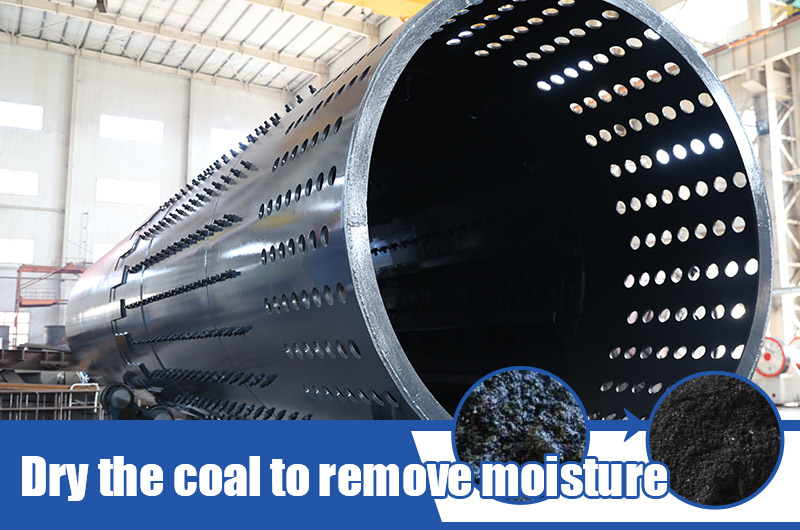
- 1Feed the coal into the machine.
- 2Apply heat or hot air while the dryer rotates or agitates to dry up its content.
How to avoid explosion in a coal pulverizing plant?
To prevent explosions in coal mills, various inerting systems are employed in coal-fired power plants. These systems include methods like:
- Steam inerting
- Water fogging or deluge
- CO2 inerting
- N2 inerting (less common)
- Explosion suppression systems.
Steam inerting uses steam to dilute the oxygen level in the mill to prevent combustion.
Water fogging or deluge systems involve spraying water to control temperature and suppress flames.
CO2 inerting replaces the air in the mill with carbon dioxide to create an inert atmosphere. Meanwhile, N2 inerting achieves the same purpose using nitrogen.
These inerting systems help to mitigate the risk of fire or explosion by altering the mill's environment to prevent the combustion of coal dust.
FAQs
1. What is the difference between coal and pulverized coal?
Coal is a raw, newly refined fossil fuel formed from the remains of plants and animals that were compressed and heated over millions of years. Pulverized coal, on the other hand, is a fine powder made from coal that has been crushed, ground, and blended.
2. What are the advantages of pulverized coal?
Pulverized coal burns better, releasing more energy due to increased surface area, ensuring better combustion. It's also adaptable for various industries, powering electricity generation, heating, and industrial processes.
3. What are the disadvantages of pulverized coal?
Like any other fossil fuel, it produces emissions like sulfur dioxide and nitrogen oxides. Coal is twice as bad as gasoline for global warming emissions. So, it contributes to air pollution and global warming. Finally, handling fine coal dust poses explosion and health risks for workers.
Pulverized coal: a fuel for the future
Pulverized coal is a product of meticulous engineering and technological advancement. Processing raw coal into pulverized coal involves several intricate steps that ultimately convert raw coal into fine powder primed for energy generation.
However, it is crucial to handle pulverized coal carefully due to its explosive nature. It is essential to have a well-designed, well-equipped coal processing plant manned by experienced personnel.
Setting up equipment like mills, froth flotation machines, and dryers, from preparation to pulverization, ensures a seamless transformation of raw coal into a valuable energy source.

